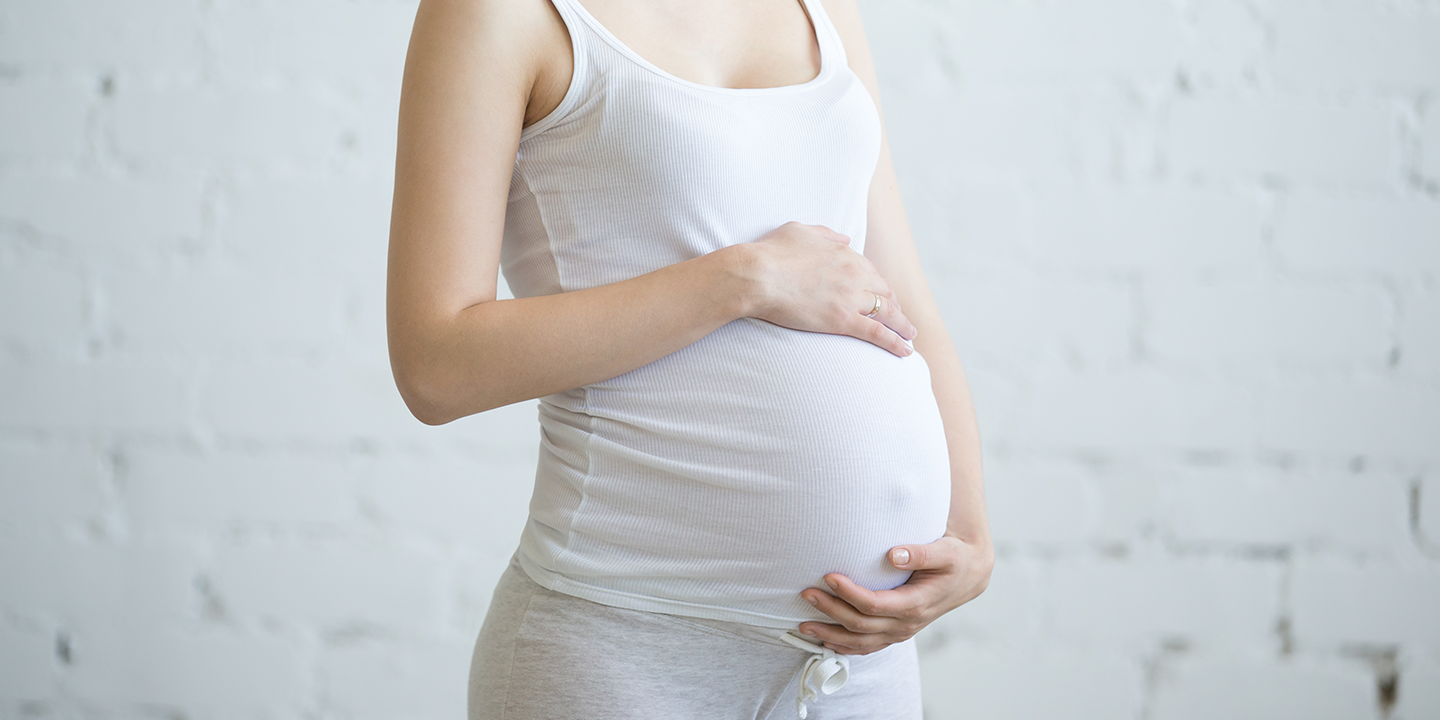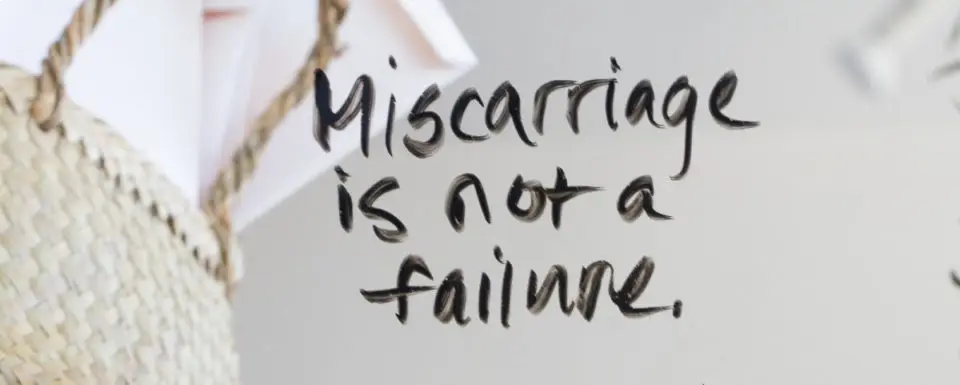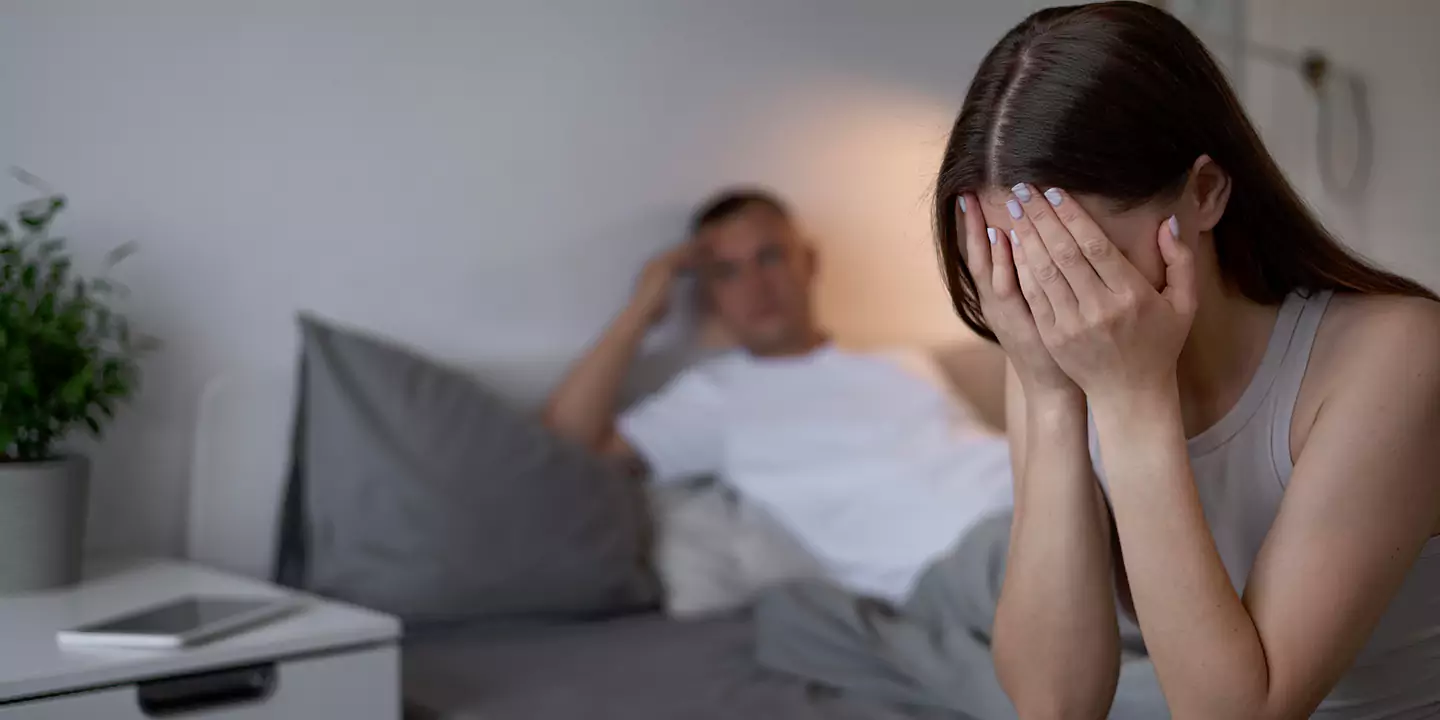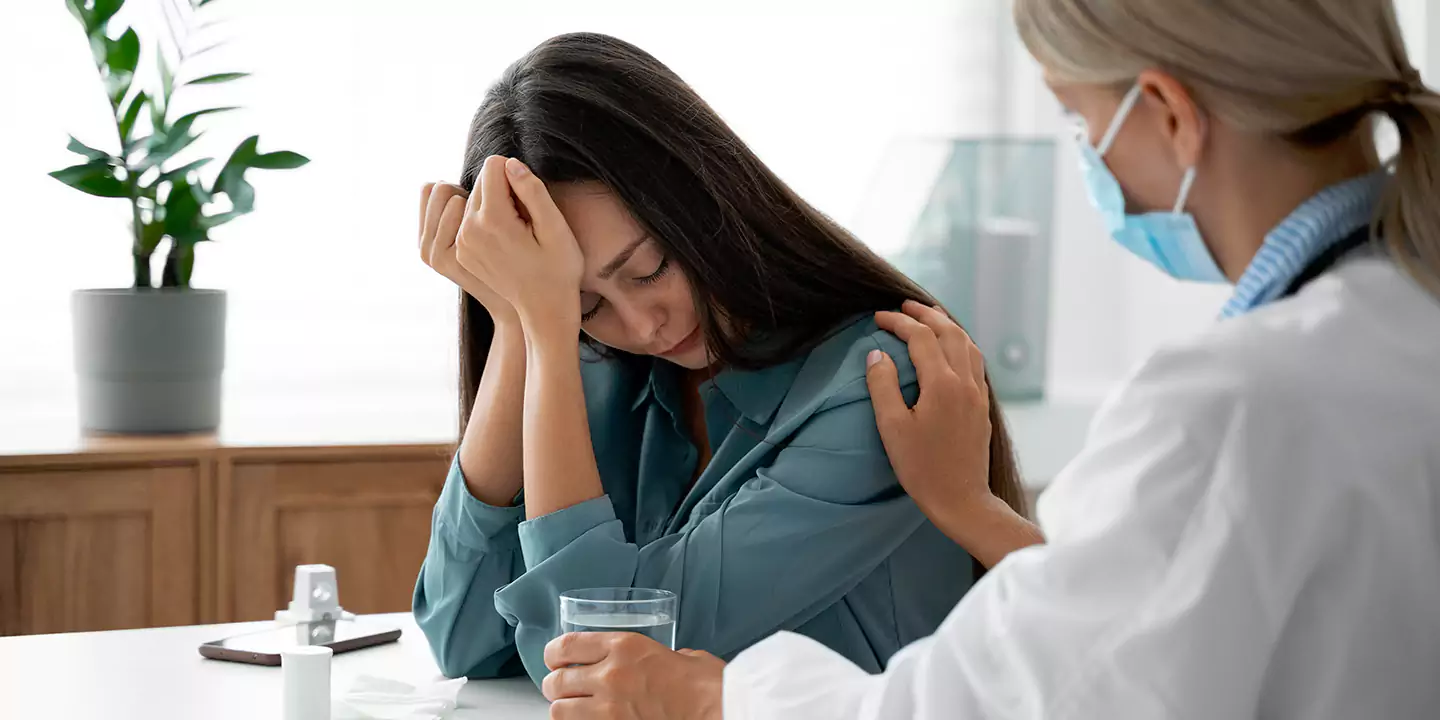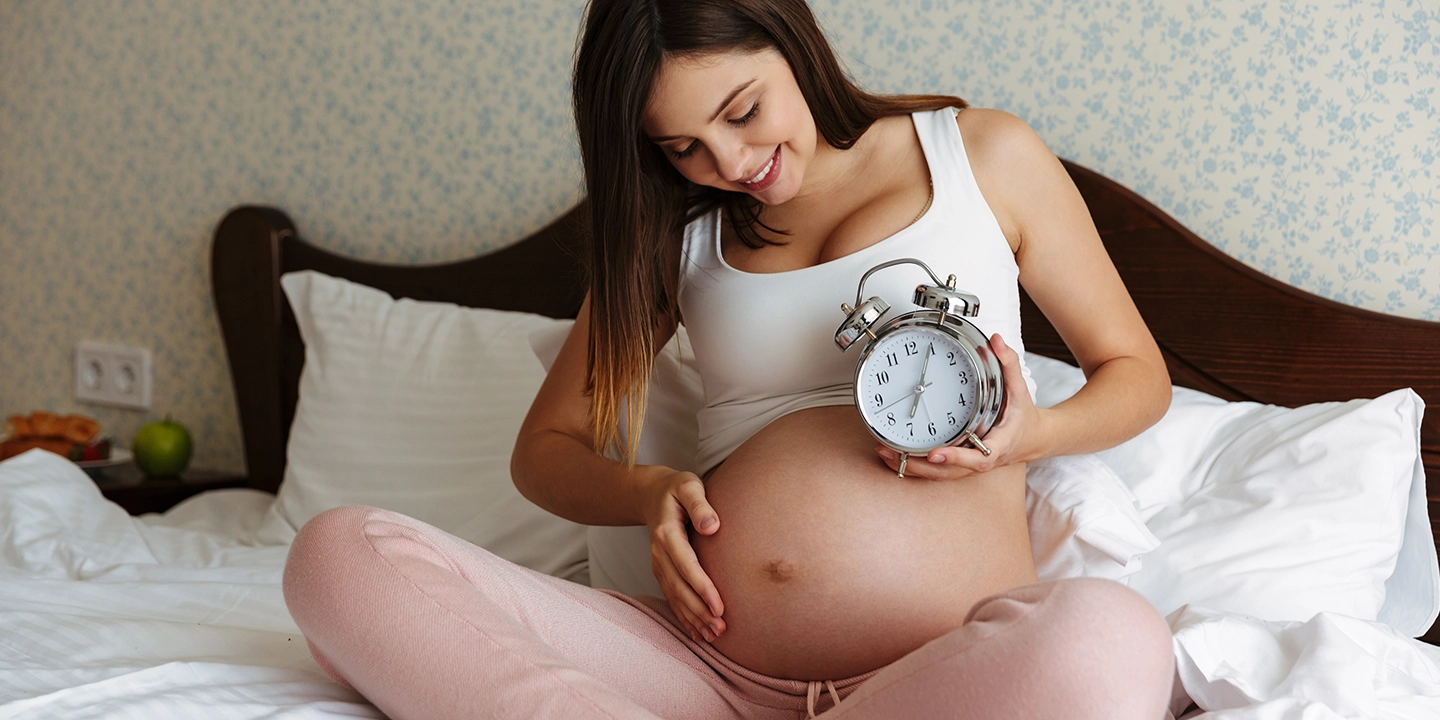
In the realm of pregnancy, few components are as pivotal as the placenta. The placenta is a remarkable organ that develops during pregnancy, serving as a vital connection between the mother and the growing fetus. It is unique to mammals and forms shortly after conception, providing essential support to the developing embryo.
This organ is intricately structured and comprises both maternal and fetal tissues, creating a barrier that allows for the exchange of nutrients, oxygen, and waste products between the mother and the baby. For those on the path toward conception, understanding the profound role of the placenta is key to appreciating the complexities of a healthy pregnancy.
In this Article
The Formation and Development of the Placenta
Early Stages of Placental Formation
After the miraculous moment of conception, a tiny cluster of cells starts the remarkable period of forming what will become the lifeline for the growing baby—the placenta. This process begins around the second week of pregnancy, right after the fertilized egg implants itself into the uterine wall.
- Blastocyst Formation: Initially, the fertilized egg transforms into a blastocyst—a hollow structure composed of an inner cell mass and an outer layer.
- Attachment to the Uterine Wall: The blastocyst then seeks a cozy spot within the uterus to implant itself securely, signaling the start of placental development.
- Formation of the Chorionic Villi: These small, finger-like structures emerge from the outer layer of the blastocyst, extending into the uterine lining, and serve as the foundation for the future placenta.
Trimester-wise Development
As the pregnancy progresses through its trimesters, the placenta undergoes significant changes and growth to cater to the evolving needs of the developing baby.
- First Trimester: The placenta primarily focuses on implantation and establishing connections for nutrient and oxygen exchange. It starts to take over the production of essential hormones like progesterone to sustain the pregnancy.
- Second Trimester: This phase witnesses rapid growth and maturation of the placenta. It becomes a fully functional organ, efficiently transferring nutrients and oxygen while filtering out waste products.
- Third Trimester: The placenta reaches its peak functionality, supporting the baby’s growth and development until delivery.
- Post-Birth Role: Placenta after birth is expelled from the mother’s body. This process is crucial as it marks the completion of the birthing process while also ensuring the mother’s safety by preventing potential bleeding from the site where the placenta was attached.
Throughout this journey, the placenta transforms from a small cluster of cells into a complex and vital organ, ensuring the baby’s well-being throughout the gestation period.
Structure and Composition
The placenta, a lifeline for the developing baby, comprises distinct layers and cells intricately woven together to fulfill its vital functions. Understanding its structure and the cells involved sheds light on its remarkable role.
Anatomy: Interconnecting Layers
- Chorionic Plate: This plate forms the fetal side of the placenta, connecting to the umbilical cord, and acting as the primary conduit for nutrient and oxygen exchange.
- Decidua Basalis: Positioned on the maternal side, it serves as the interface between the mother’s bloodstream and the placenta, facilitating nutrient transfer.
Enhanced Protective Membranes
- Fetal Membranes: Surrounding the fetus, these membranes provide protection and cushioning.
- Villi Structures: These finger-like projections, both chorionic and placental, increase the surface area for nutrient exchange.
Cell Types and Functions
- Syncytiotrophoblasts: These cells form the outer layer, aiding in nutrient absorption and hormone production.
- Cytotrophoblasts: Essential for placental development and repair, they contribute to tissue growth and maintenance.
- Hofbauer Cells: Actively involved in immune regulation and the transport of nutrients to the fetus.
- Endothelial Cells: Line the blood vessels within the placenta, facilitating blood flow and nutrient exchange.
The collaboration of these cells and layers is essential for the fetus’s growth and well-being. Understanding this complex architecture underscores the marvel of the placenta’s functionality.
Functions of the Placenta
Nutrient and Oxygen Exchange
The placenta serves as a lifeline for the growing baby, ensuring a constant supply of essential nutrients and oxygen. Through a complex network of blood vessels, it extracts nutrients like proteins, carbohydrates, and vitamins from the mother’s bloodstream. This nourishment is then transferred to the fetus, sustaining its growth and development. Simultaneously, oxygen from the mother’s blood diffuses into the placenta and then to the baby’s blood, vital for the formation of organs and tissues.
Waste Disposal
In addition to providing nutrients, the placenta plays a crucial role in waste removal from the fetus. Waste products, such as carbon dioxide and other metabolic waste, are transported from the baby’s blood into the placenta. From there, they travel back into the mother’s bloodstream for elimination through her excretory system. This continual exchange of nutrients and waste ensures a healthy environment for the baby’s growth within the womb.
Hormone Production
Balancing hormones is another pivotal function of the placenta during pregnancy. It secretes hormones like human chorionic gonadotropin (hCG), estrogen, and progesterone, crucial for maintaining pregnancy. These hormones regulate various physiological processes, including controlling the menstrual cycle, supporting the uterine lining, and preventing it from shedding, which would otherwise lead to a miscarriage.
These functions showcase the intricate role the placenta plays in nurturing and sustaining the life of the growing baby throughout the gestation period.
Protection and Immunological Functions
Shielding the Fetus
During pregnancy, the placenta safeguards the growing baby from potential threats. This remarkable organ serves as a protective barrier, preventing harmful substances and infections from reaching the fetus. It is a watchful gatekeeper, meticulously filtering what passes through to ensure the baby’s safety.
Barriers against Infections: The placenta employs a sophisticated defense mechanism that blocks many bacteria, viruses, and other harmful agents from reaching the developing baby. It’s like an intricate fortress, equipped with layers that filter out potential dangers, keeping the fetus sheltered from harm.
Immunological Support
Beyond defensive placenta function, the placenta plays a pivotal role in nurturing the baby’s immune system. While the fetus is growing, its immune system is still in the early stages of development. Here, the placenta steps in as a supportive ally, contributing crucial elements that aid in building the baby’s immunity.
Transfer of Antibodies: Through a fascinating process, the placenta transfers essential antibodies from the mother to the baby. These antibodies act as the baby’s first line of defense, providing temporary but crucial immunity against various infections. It’s like an invaluable gift from the mother, arming the baby with initial protection.
Maternal Immunological Guidance: Additionally, the placenta assists in guiding the development of the baby’s immune system. It provides signals and instructions that help the baby’s immune cells develop and mature properly, setting the stage for a robust immune system after birth.
In essence, beyond its role in nourishment and oxygenation, the placenta’s prowess in shielding against threats and aiding in immune development is awe-inspiring. Its multifaceted functions truly make it significant during pregnancy.
Challenges and Complications
Pregnancy, despite its miraculous nature, isn’t without its share of challenges. Understanding potential complications involving the placenta is crucial for ensuring the well-being of both the mother and the baby.
Potential Issues
Placenta Previa
- Definition: Placenta previa occurs when the placenta covers part or all of the cervix.
- Risk Factors: Maternal age, previous pregnancies, or uterine scarring.
- Implications: It may lead to bleeding, endangering both the mother and baby.
Placental Abruption
- Definition: Abruption happens when the placenta detaches from the uterine wall prematurely.
- Causes: Trauma, high blood pressure, or smoking can contribute.
- Consequences: This can result in severe bleeding, affecting the baby’s oxygen supply.
Impact on Pregnancy
Maternal Health
- Hemorrhage Risk: Both conditions pose a risk of excessive bleeding, requiring immediate medical attention.
- Emergency Interventions: Emergency C-sections may be necessary to ensure the safety of the mother and baby.
Fetal Well-being
- Oxygen Deprivation: Placental abruption can lead to decreased oxygen supply, impacting the baby’s development.
- Preterm Birth: Complications often necessitate premature delivery, affecting the baby’s overall health.
Navigating these challenges demands vigilant prenatal care and close monitoring. Expectant mothers need to know about the warning signs, promoting early detection and intervention. While these complications can be daunting, advancements in medical care continually improve outcomes, emphasizing the importance of comprehensive prenatal care for a safe and successful pregnancy.
The Role of the Placenta Beyond Pregnancy
The placenta’s study transcends pregnancy, offering insights into conditions like heart diseases, diabetes, and cancers. Understanding it unveils disease mechanisms, fostering potential breakthroughs in treatments and diagnostics. This knowledge isn’t confined to expectant mothers; it holds promise for revolutionizing healthcare approaches globally. By delving into the placenta’s role, we pave the way for transformative strides in medicine, aiming not just to aid pregnancy but to tackle a spectrum of health challenges affecting countless lives.
Cultural and Historical Perspectives
Various traditions assign symbolic value to the placenta, considering it sacred and deeply tied to the baby’s future. In some regions, burying the placenta is a customary ritual, believed to bless the child with health and prosperity. Historical texts and folklore hint at reverence for this organ, reflecting ancient wisdom regarding its role in nurturing life. Across diverse cultures, the placenta remains a symbol of beginnings and blessings, honored through age-old rituals.
Conclusion
In summary, the placenta plays a crucial role in nurturing life during pregnancy, handling vital tasks with incredible precision. Its functions in nourishment, protection, and hormonal balance are indispensable to the miracle of birth. Let’s take a moment to acknowledge and admire the immense contribution of this remarkable organ.
For compassionate and expert care throughout your pregnancy, consider Queen’s Gynaecology. Our dedicated team is committed to providing personalized support for you and your baby. Get in touch today for a nurturing and safe motherhood.





